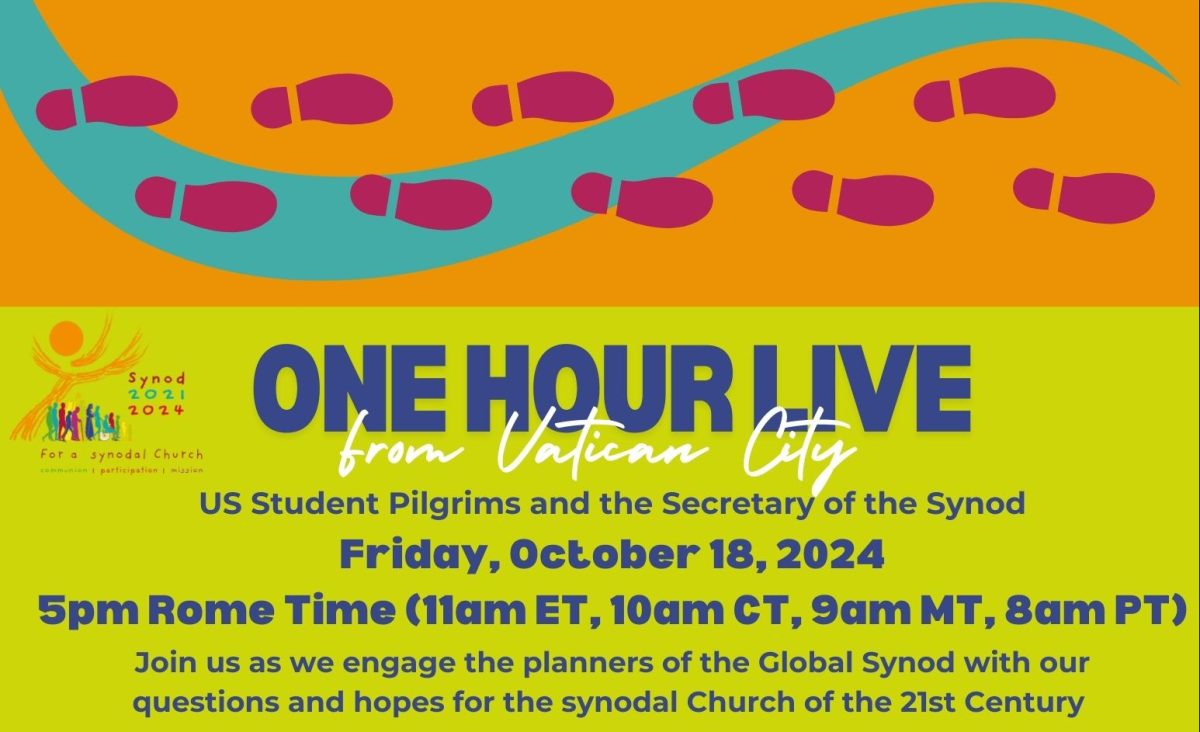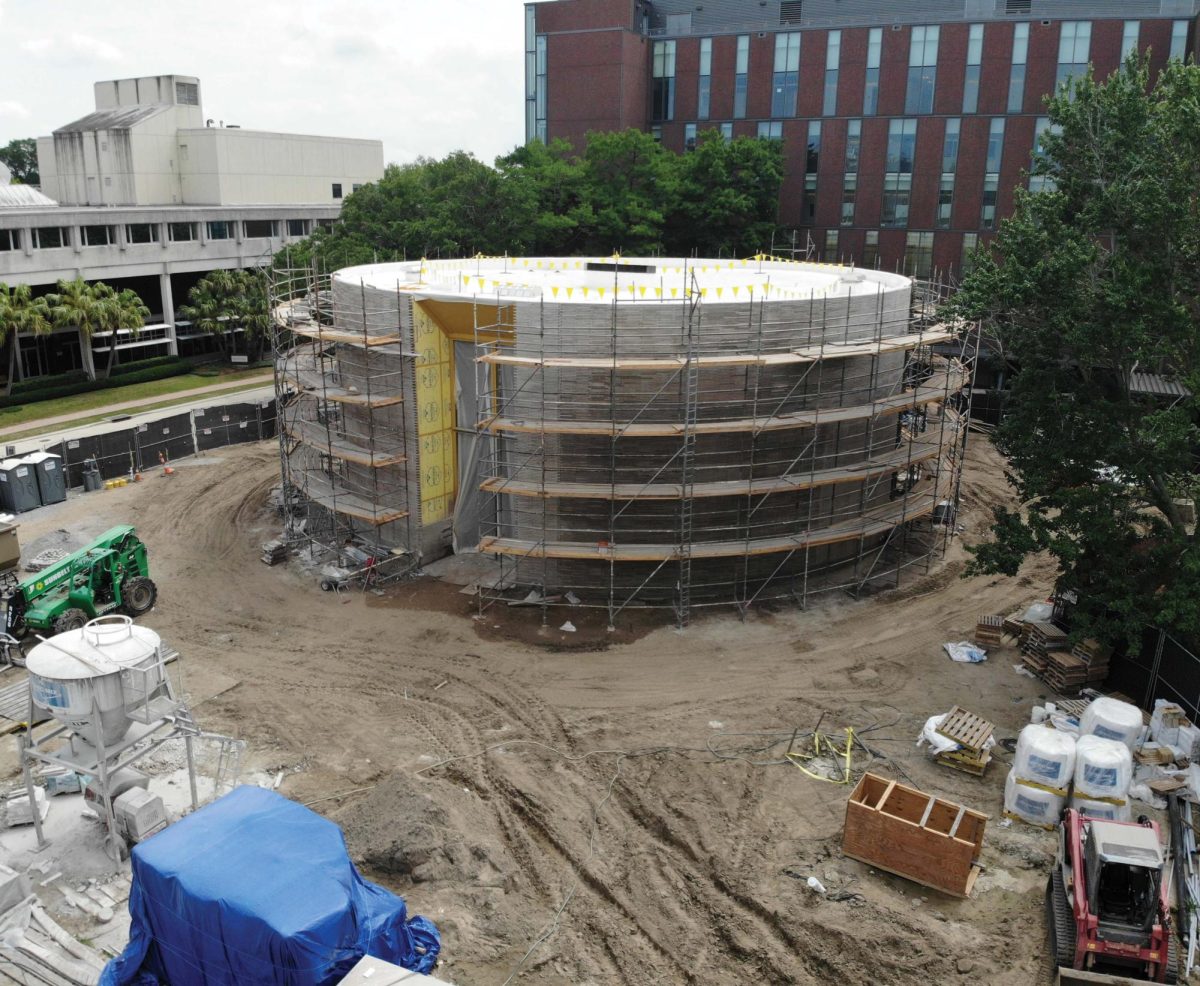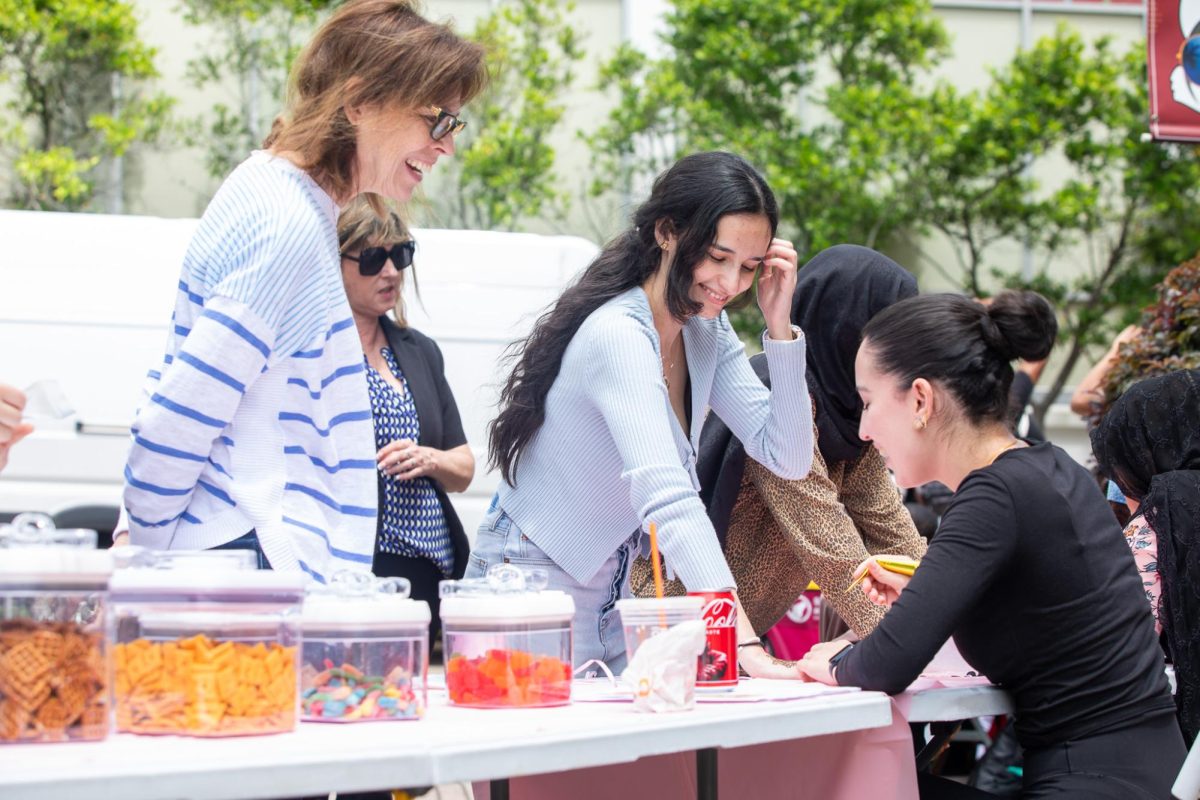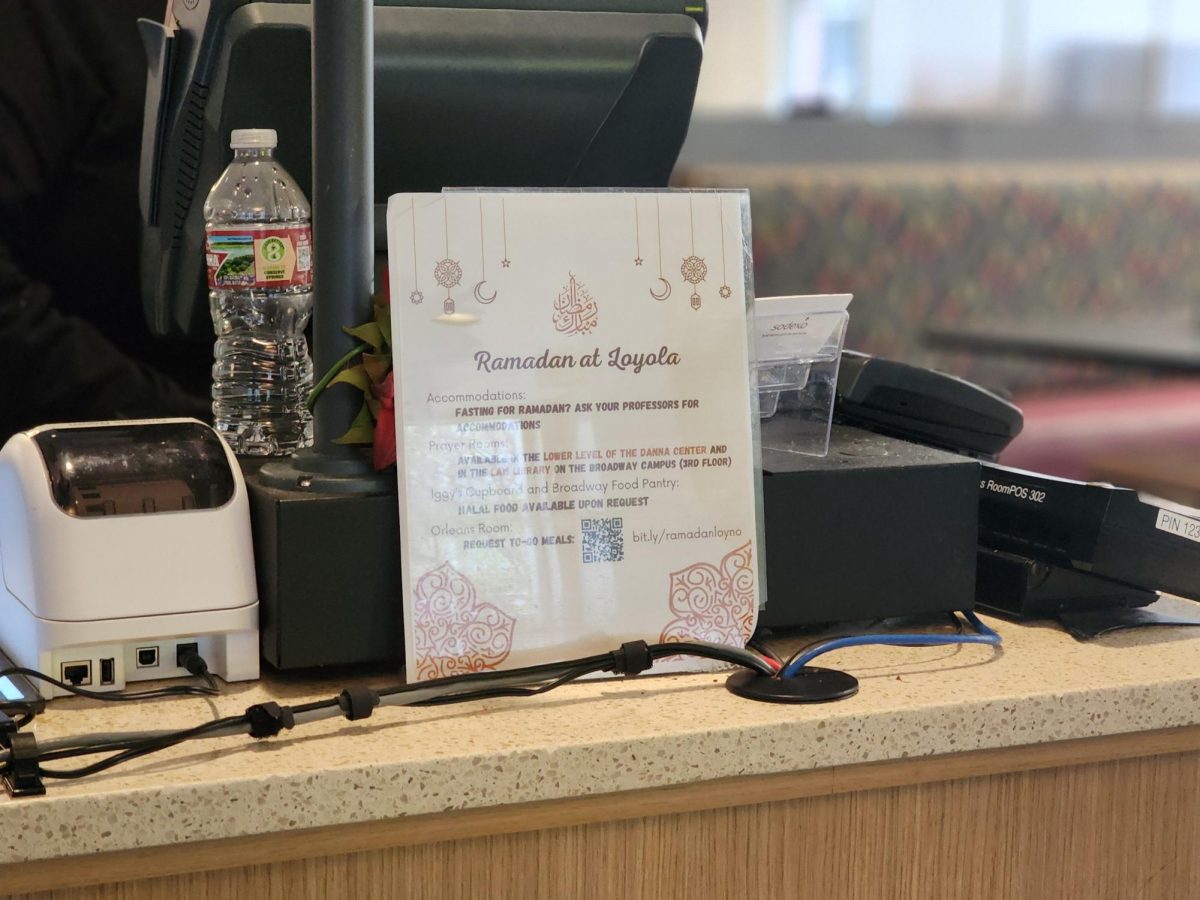NEW IBERIA, La. — The 144-year-old quilt, embroidered and appliqued in 1867, was the only piece of church history left after the first First United Methodist Church burned down more than a century ago. The church was long since rebuilt, but the congregation didn’t even know the quilt still existed until 2004.
The 8-by-9-foot quilt depicts more than just the talent and artistic creativity of the quilters in the late 1860s. It tells a tale of its own, reminding members of the city’s first permanent New Iberia church, established in 1860.
“We knew immediately we had to start raising funds to preserve part of our historic past,” said Norma Lester, a member of the of the Women’s Ministry of First United Methodist Church.
The cost of $11,700 for restoration and preservation — and another $4,000 to be able to display it — is well worth it for such a historic piece, members say. They view the project as a way to preserve the history of not only the church, but the community in fabric.
According to members of the congregation, their first permanent church in New Iberia, First Methodist Episcopal Church, South, was located on the corner of Iberia and Washington Streets.
In 1890, Lester said, the church, the parsonage and all contents burned. But, somehow, the silk quilt completed in 1867 survived.
Inita Segura, a member of the ministry, said the quilt was stored in a pillowcase for decades. As the member keeping it died, it was handed down to another church member until it finally reached the hands of the late Amelia Laughlin, a local principal, and then to Jessie Lee Lusk de la Houssaye. After she died, her daughter, Jessie D. Abadie, with approval from her family, offered it back to the church in 2004.
The historic quilt was turned over to Jessica Hack, a textile conservator in New Orleans, to stabilize and preserve its original beauty.
Hack, known for her restoration work in antique textiles ranging from the 17th to the 20th century, described the heirloom as one of rare quality.
“You seldom see this much uniqueness of design and beauty in a quilt. Judging by the detail of their work, these were skilled needlewomen, not amateurs,” Hack said. “In addition to the excellent embroidery work, the quilting stitches are subtle, sewn with elaborate designs.”
Church members are hoping to raise an additional $4,050 for the second phase, allowing the quilt to be permanently displayed upright, on a stretcher mount.
“This is a determined group of ladies who have worked hard to make sure this silk heirloom would not just sit in a closet and rot away. This is an heirloom that is worth preserving,” Hack said.







